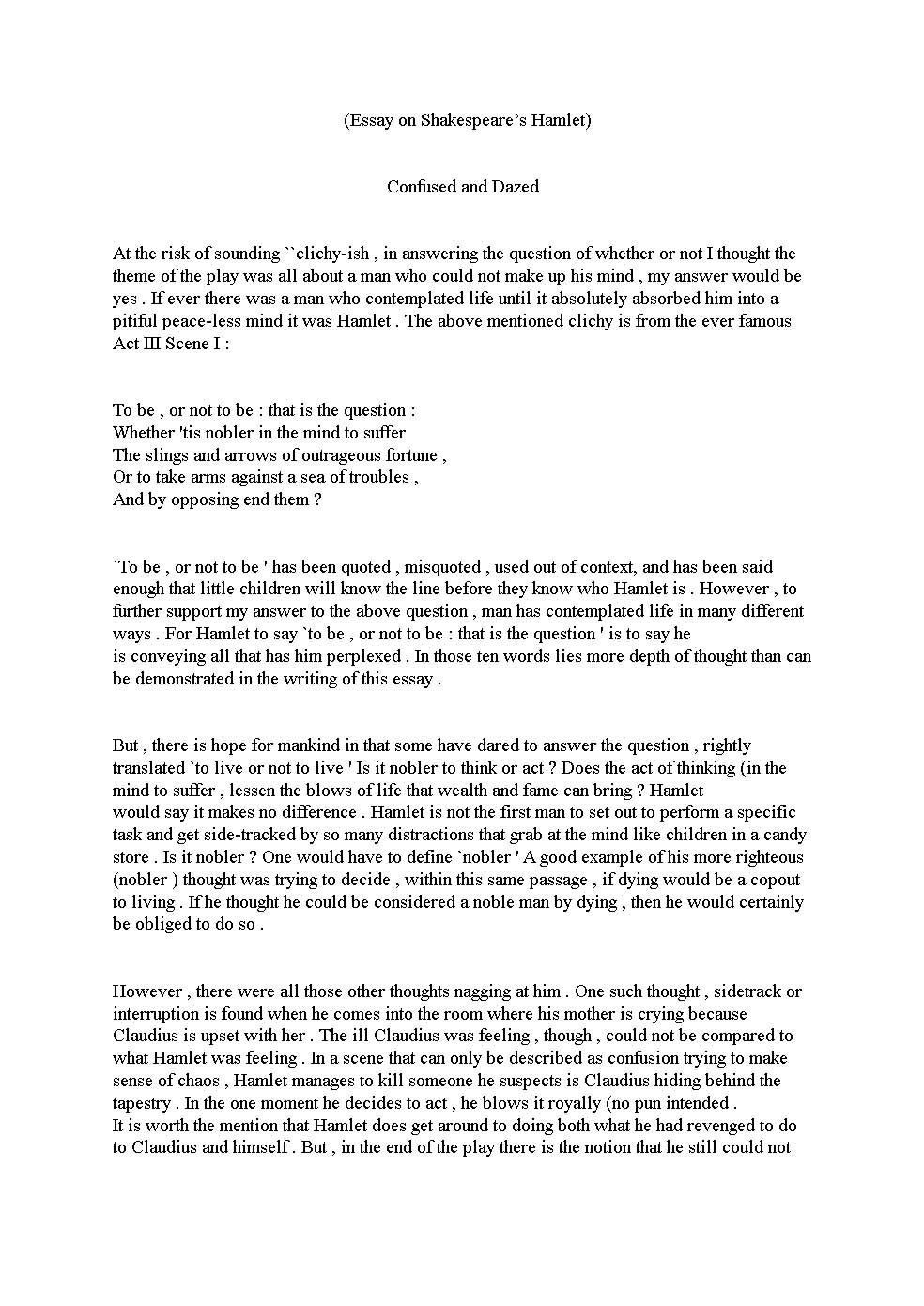
Returns a benefit indicating whether or not two instances of XName are equal. Converts a string formatted as an expanded XML identify (that is, localname ) to an XName object.
Returns a benefit indicating no matter if two scenarios of XName are not equivalent. Explicit Interface Implementations. Indicates whether the current XName is equal to the specified XName.
Populates a SerializationInfo with the info expected to serialize the focus on object. Xname Essay Examples and All You Require To Know About Xname. Xname Essay Illustrations and All You Need to have To Know About Xname.
Xname Essay Examples: Apart from admission essays, there are other styles of essays. And some of these forms of essays are https://buyessayclub.io/ often in essence concentrated on specific enterprise brand. For occasion, the Xname essay is a single of such essays.
You may possibly marvel what is Xname. Or what Xname essay is all about. Just chill. You shall study about them in this short article. Also, you shall be specified some Xname essay illustrations to study from.
Having said that, let’s start with what is Xname. What is XName?Before seeking at some xname essay illustrations, be aware. XName does not incorporate any community constructors.
The namespace of xname is Program. Xml.

Linq. And the assembly is Method. Xml. XDocument. dll. Also, XML names are those people that incorporate a namespace and a community identify.
A completely skilled name is the blend of the namespace and nearby title. Creating an XName Item. Before seeking at some xname essay illustrations, notice. XName does not incorporate any community constructors. Instead, take note that it is significant to deliver an implicit conversion from String that lets you to develop an XName. Also, the most widespread put you use this conversion is when developing an element or attribute.
Therefore, the very first argument to the XElement constructor is an XName. Also, by passing a string, you acquire benefit of the implicit conversion. The subsequent code produces an element with a identify that is in no namespace:C#Copy Also, XElement root = new XElement”ElementName”, “written content”. Console.
WriteLine(root) . Also, in Visible Simple, it is more appropriate to use XML literals: VBCopy Dim root as XElement = material WriteLine(root)Creating an XName in a Namespace. Before searching at some xname essay illustrations, be aware. As with XML, an XName can be in a namespace, or it can be in no namespace. Thus, for C#, the encouraged strategy for producing an XName in a namespace is to declare the XNamespace item, then use the override of the addition operator. However, for Visible Simple, the advised tactic is to use XML literals and world namespace declarations to develop XML that is in a namespace. Using Expanded Names (Xname)Before hunting at some xname essay illustrations, take note. Also, you can build an XName from a expanded XML identify in the kind localname:C#Duplicate. Also, XElement root = new XElement” ElementName”, “written content”. On top of that, console. WriteLine(root)This case in point produces the adhering to output:Important Info. Before searching at some xname essay examples, observe. Be knowledgeable that generating an XName by an expanded identify is considerably less productive than generating an XNamespace object and utilizing the override of the addition operator.